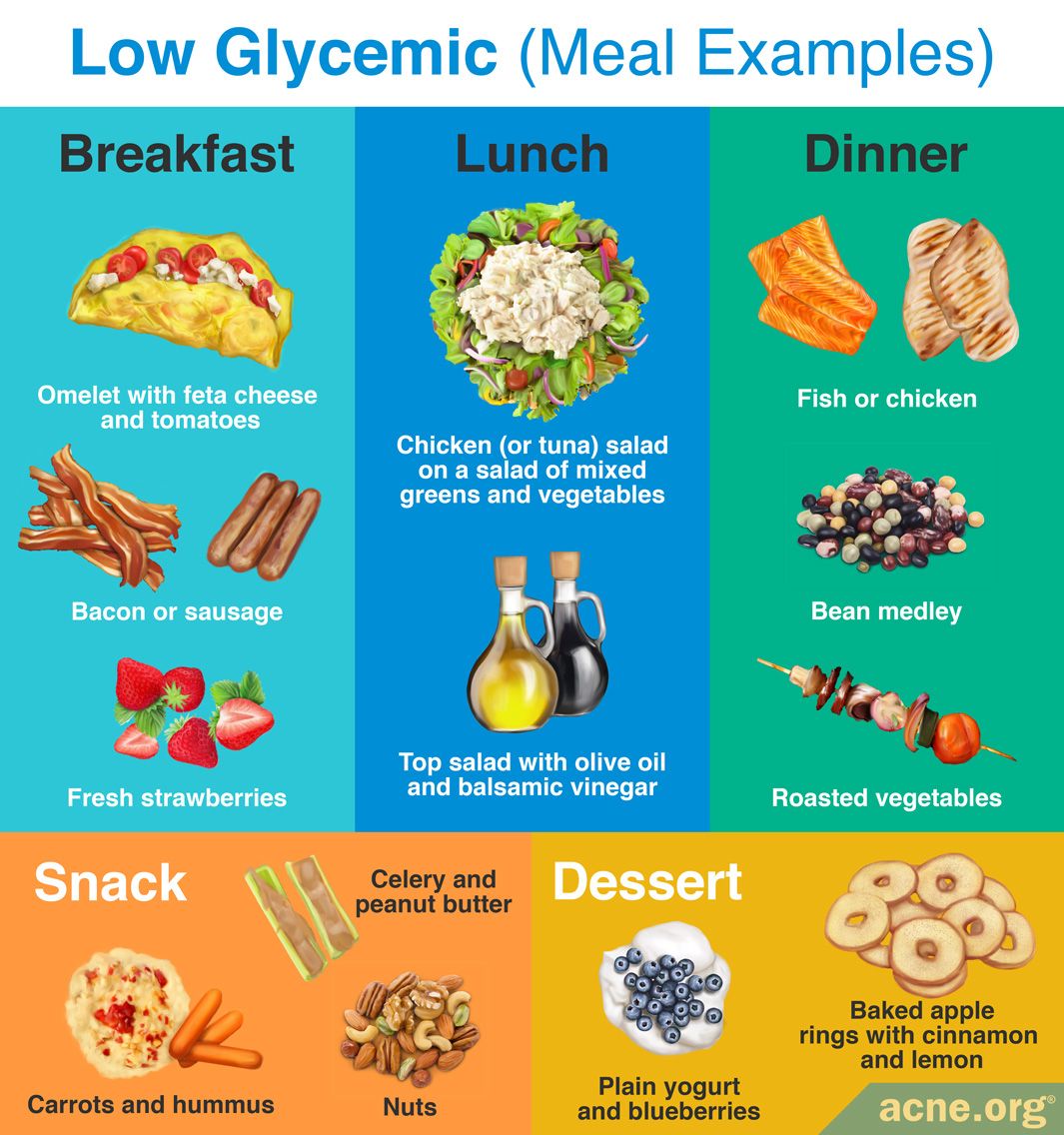which foods typically have a low glycemic index Glycemic index chart
Today, I wanted to share with you some valuable information about the glycemic index and low-glycemic foods that can help you maintain stable blood sugar levels. This knowledge can be especially beneficial if you are following a hypoglycemia diet or simply want to make healthier food choices.
Glycemic Index Chart
 Firstly, let’s take a look at the glycemic index chart shown above. The glycemic index (GI) measures how quickly carbohydrates in food raise blood sugar levels. Foods with a low GI are slowly digested and absorbed, resulting in a more gradual rise in blood sugar levels. On the other hand, foods with a high GI cause a rapid spike in blood sugar levels.
Firstly, let’s take a look at the glycemic index chart shown above. The glycemic index (GI) measures how quickly carbohydrates in food raise blood sugar levels. Foods with a low GI are slowly digested and absorbed, resulting in a more gradual rise in blood sugar levels. On the other hand, foods with a high GI cause a rapid spike in blood sugar levels.
By focusing on low-glycemic foods, you can help maintain stable blood sugar levels throughout the day. This is important for individuals with hypoglycemia, as large fluctuations in blood sugar can lead to symptoms such as dizziness, fatigue, and difficulty concentrating.
Optavia
 Now, let’s delve into Optavia, which you may have come across while researching healthy eating options. Optavia is a popular weight loss program that emphasizes portion-controlled meals and a low-GI eating plan. It offers specially formulated meal replacements and snacks, making it convenient and straightforward to follow.
Now, let’s delve into Optavia, which you may have come across while researching healthy eating options. Optavia is a popular weight loss program that emphasizes portion-controlled meals and a low-GI eating plan. It offers specially formulated meal replacements and snacks, making it convenient and straightforward to follow.
By incorporating Optavia into your lifestyle, you can learn how to make better food choices and control portion sizes, while still enjoying delicious meals. This can be incredibly helpful for individuals who struggle with portion control or find it challenging to select nutritious options consistently.
Whether you decide to follow the Optavia program or not, it is always beneficial to incorporate low-glycemic foods into your diet. Some examples of low-GI foods include fresh fruits and vegetables, whole grains, legumes, lean proteins, and healthy fats. By choosing these foods, you can support your overall well-being and maintain stable blood sugar levels.
Remember, it’s not about completely eliminating high-glycemic foods from your diet, but rather balancing them with low-glycemic options. Moderation is key! Additionally, always consult with a healthcare professional or registered dietitian before making any significant changes to your diet, especially if you have specific dietary concerns or medical conditions.
So, if you’re looking to improve your overall health and well-being, take a moment to explore the wonderful world of low-glycemic foods and how they can positively impact your life. Incorporating these into your daily meals may lead to increased energy levels, better weight management, and improved overall health in the long run.
If you are looking for urbanhealthnw.com - This website is for sale! - urbanhealthnw Resources you’ve visit to the right web. We have 5 Pictures about urbanhealthnw.com - This website is for sale! - urbanhealthnw Resources like Pin on Optavia, Tips on How to Eat Low Glycemic - Acne.org and also Low glycemic foods, Glycemic, Low glycemic foods list. Read more:
Urbanhealthnw.com - This Website Is For Sale! - Urbanhealthnw Resources
 www.pinterest.comglycemic index low foods gi list food vegetables meals small davidpol common pdf table need know cheat sheet choose board
www.pinterest.comglycemic index low foods gi list food vegetables meals small davidpol common pdf table need know cheat sheet choose board
Tips On How To Eat Low Glycemic - Acne.org
 www.acne.orglow glycemic foods acne tips diet eat examples including
www.acne.orglow glycemic foods acne tips diet eat examples including
Pin On Optavia
 www.pinterest.co.ukGlycemic Index Chart | Low Glycemic Foods, Hypoglycemia Diet, Low
www.pinterest.co.ukGlycemic Index Chart | Low Glycemic Foods, Hypoglycemia Diet, Low
 www.pinterest.comglycemic index foods starchy low list chart diet food gi avoid should rice sugar eat printable than health fitness nutrition
www.pinterest.comglycemic index foods starchy low list chart diet food gi avoid should rice sugar eat printable than health fitness nutrition
Low Glycemic Foods, Glycemic, Low Glycemic Foods List
 www.pinterest.nzTips on how to eat low glycemic. Pin on optavia. Low glycemic foods acne tips diet eat examples including
www.pinterest.nzTips on how to eat low glycemic. Pin on optavia. Low glycemic foods acne tips diet eat examples including